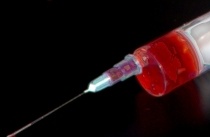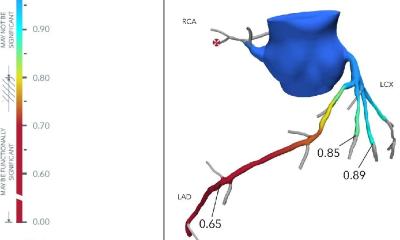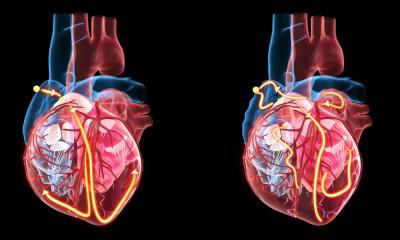Credit card-sized device detects heart disease
Testing people for heart disease might be just a finger prick away thanks to a new credit card-sized device created by a team of researchers from Harvard and Northeastern universities in Boston.

In a research report published online in The FASEB Journal, they describe how this device can measure and collect a type of cells needed to build vascular tissue, called endothelial progenitor cells, using only 200 microliters of blood. The development is also significant because it allows scientists to collect these cells much more easily than current techniques allow, bringing laboratory-created tissue for vascular bypass surgeries another step closer to reality.
"This simple device is a promising tool for the pediatric and adult population in detecting, diagnosing, monitoring, and providing the option of treating cardiovascular disease by utilizing a small quantity of blood," said lead researcher Shashi K. Murthy of the Department of Chemical Engineering at Northeastern University in Boston.
To collect the cells, the device works similar to Velcro™ or a magnet. Specifically, the inside is coated with antibodies that only bind to endothelial progenitor cells. Blood flows through the device through a funnel-like opening (except the blood enters through the narrow end and exits through the wide end), passes over the antibodies, and endothelial progenitor cells are "picked up" in the process. In addition to allowing researchers to collect cells from a very small amount of blood, the device's design also provides researchers with a new model to study the effects that blood flow in the body has on cell binding (like clots form in arteries).
"Most immediately, this is could be a new tool to assess cardiovascular health that cuts the amount of blood needed down to a pin prick. Its compact size might make it an excellent tool for use in developing countries where access to medical laboratories does not exist," said Gerald Weissmann, M.D., Editor-in-Chief of The FASEB Journal. "In addition, this moves much closer to a future where new blood vessels, veins and arteries for transplants no longer need to be grafted from patient's bodies. The amount of pain and recovery times for bypass surgeries would be reduced significantly."
http://www.faseb.org
02.06.2009









